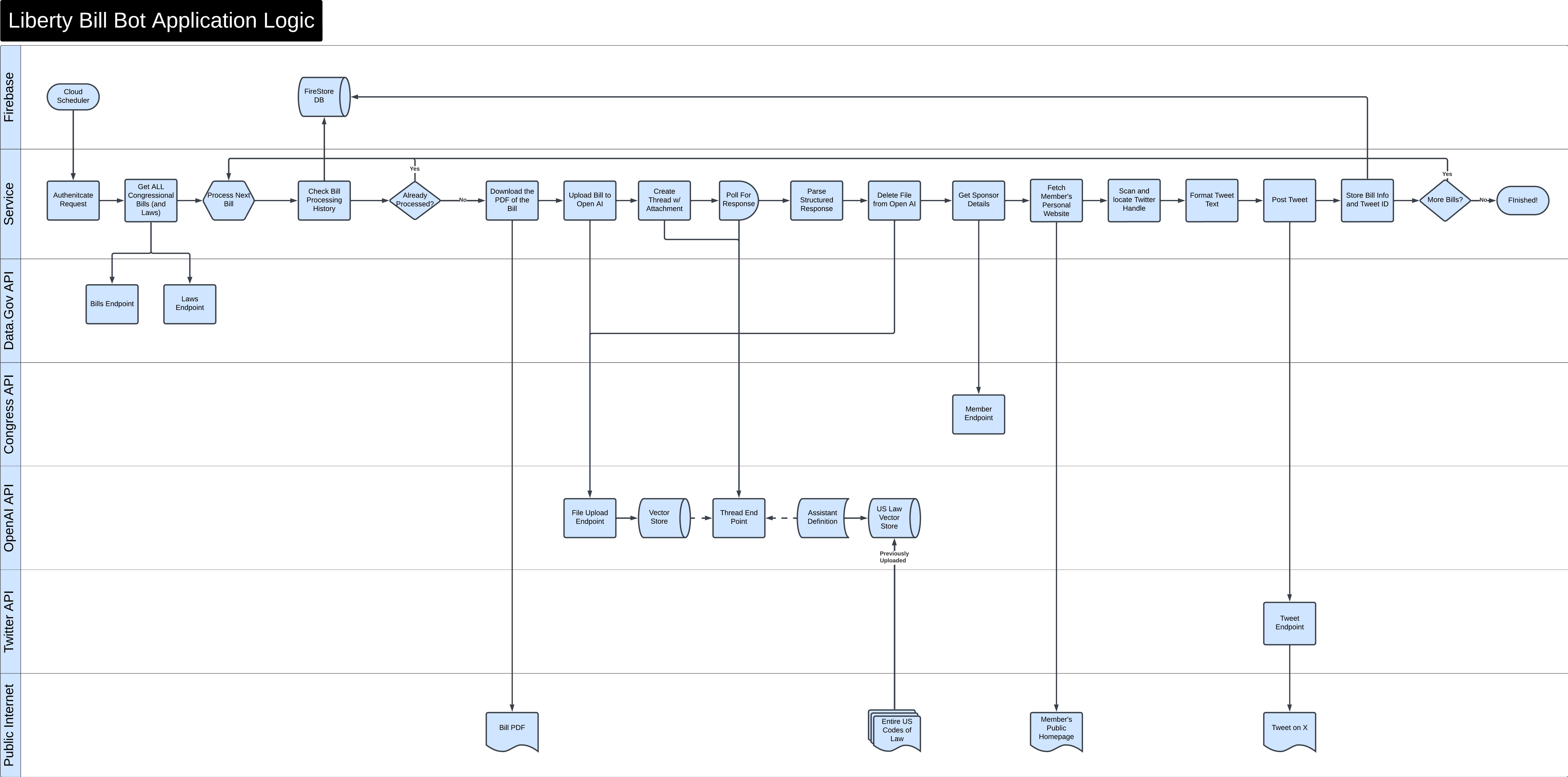Each year more that 5000 bills are introduced in Congress and most people have no idea what’s in them. Most will be introduced so that they can be used for campaigning, sometime all the more effective if the bill goes nowhere; the fate of the vast majority. Others will be introduced and fast tracked in the middle of the night before anyone, including those voting on it, have an opportunity to read and study it. Often these bills, sporting Orwellian names that seek to project one objective while delivering the opposite, are written in obtuse, dense, legal language; often they just specify words or sections to add or remove from our existing 90,000 pages of existing law without any context of the consequence of those changes. These bills also go through a surprisingly complex series of legislative steps based on where and how it is introduced all while its contents change along the way. All of this taken together describes an environment where even the most civic minded and studios amongst us cannot know what our government is doing.
As an experiment, I developed a AI system that automatically evaluates each bill as it changes stages in congress, contextualizes it within the context of the full register of US Law, develops a thoughtful and structured analysis of the language, and posts it to X for all to see for free (at least to them, I have some small operating costs that I eat 😢). Check it out here at https://x.com/libertybillbot

Let’s talk a little bit about the technology and process but I will defer to the flow chart below if you want more. The system runs in Google Firebase where it is scheduled to run on a periodic basis checking for changes to bills using US Govt APIs. Boy were those a rats nest to consume… are you surprised?! I download a PDF of the bill and upload it to Open AI such that it is converted to vector store. In Open AI I also maintain an Agent that has access to a pre-built vector store of the full register of US Law for reference. The service uses the agent to develop a structured analysis of the bill. My service also retrieves the sponsor’s data from a separate Gov website. I used the listing of the privately run website of the congressman’s office to go and retrieve the HTML of that page and scrape their X handle off of it. Last I format the tweet, hashtag the relevant details and tag the sponsor in the post. There are quite a few nuances and complexities I am glossing over, but that is the general flow.

The structure of the posts it generated are as follows:
- Title: Name of the bill with hashtag for the number and an indication of the status of the bill.
- Summary: Brief explanation of what the bill does
- Intention: What the sponsor might suggest as the reason to support the bill
- Threats: A list of ways in which the bill is not aligned with the Constitution, the just role of government, and the freedoms we have. Remember, we are born with “innumerable” and “inalienable” rights which means that by definition, a law is only capable of taking a right away from you; The more laws, the less liberty. This section details these threats.
- Protections: A list of ways that the bill is aligned to the Constitution, the just role of government, and the freedoms we have.
- Winners: Which people, entities and organizations are advantaged from this becoming law.
- Losers: Which people, entities and organizations are disadvantaged from this becoming law.
- Recommendations: An AI generated list of suggestions for the sponsors to amend the bill to reduce Threats to Liberty and increase Protections of it.
- References: A date and link to the source material for the bill.
The analysis is performed with a bias for a strict originalist view of the Constitution and rooted in the thinking of the Age of Enlightenment on the role of government and the ideas of Classical Liberalism and Natural Rights Philosophy; today that would most align with Libertarianism. After quite a bit of tuning it does a fair, but still imperfect, job. I enjoy seeing how even handed it tends to be and I find it very reflective for me to see the Threats of the bills I thought I supported or the Protections of those I thought I did not. I had hoped it would get a greater level of engagement out there, but its been rather limited in followings, I think I will float it for another year or so before pulling the plug unless there is more interest in the project.
Here is an example of a post (just selected one at random):
👁️ #HR2444 Promoting Resilient Supply Chains Act of 2025 has been published and placed on the Senate calendar for consideration 📅!
— Liberty Bill Bot (@libertybillbot) May 1, 2025
📖 Summary: The Promoting Resilient Supply Chains Act of 2025 aims to establish a critical supply chain resiliency and crisis response program…